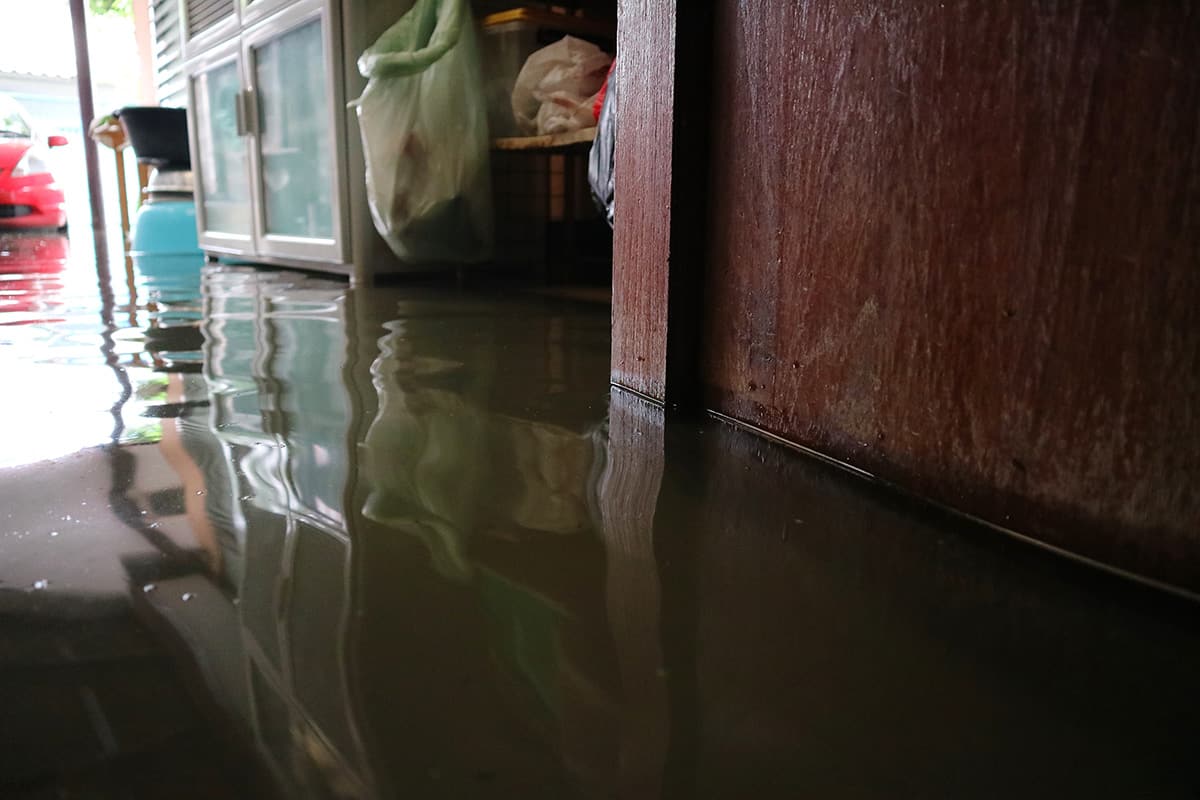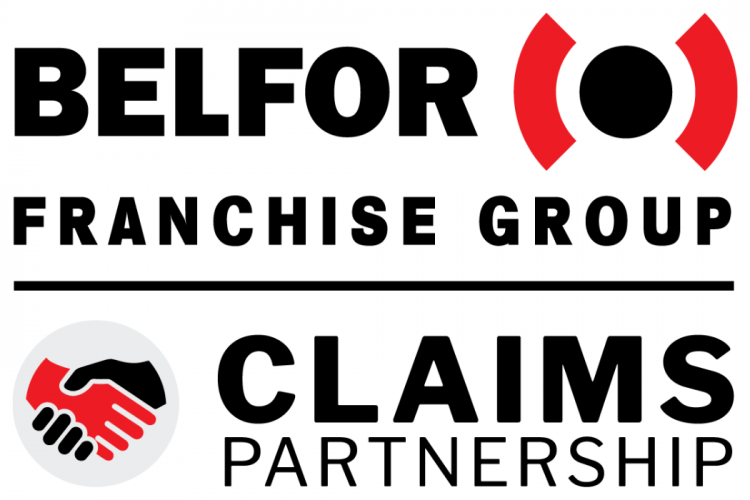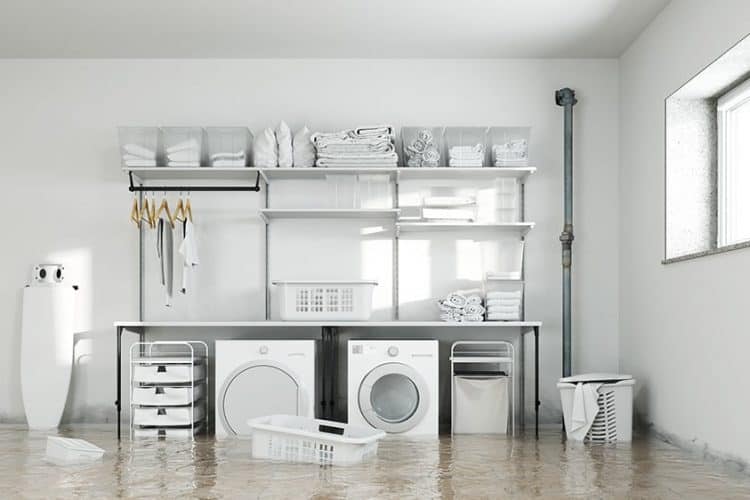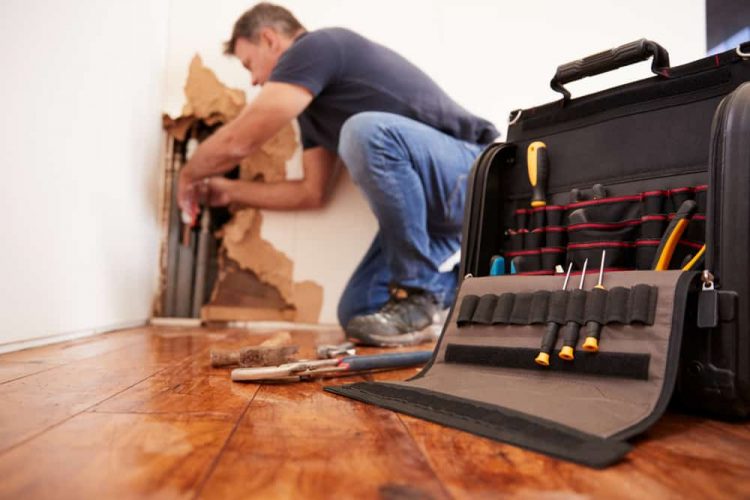
Home flooding
If you’ve experienced water damage recently, you’re not alone. Nearly all basements, or 98%, in America experience some type of water damage. Household water damage costs up to $20 billion annually nationwide. So, you want to ensure you are taking the correct steps right now to avoid more costs in the future from lingering damage. Those steps include both water mitigation and restoration. Learn about the specific services under both processes and how they are different yet equally important.
Understanding Water Mitigation
This step is crucial when preventing water from causing further costly damage to your home, property, and belongings. Not acting quickly enough can result in even more damage. Mitigation aims to reduce property loss from a water leak or flood by stopping it from spreading and causing secondary damage. For example, if water or sewage leaks into or floods the home, this can cause mold or mildew to spread.
What is Water Damage Restoration?
The restoration process aims to repair or replace damaged items to their pre-disaster condition. Steps during the restoration process can include sanitizing, antimicrobial application, cleaning or reinstalling carpet, repairing floors, or patching drywall. You must perform mitigation before restoration. If you don’t, you increase the chance for the same water event to happen again, causing more damage and putting you back at square one.
While these services can be performed separately, many companies perform both methods during one job, including 1-800 Water Damage. Flood water can be hazardous. That’s why we carefully remove standing water and contaminated material from your property quickly and safely.
A Look at the Process
Mold begins to grow within 24 to 48 hours of a water incident. So, the Centers for Disease Control and Prevention says that this job may be too difficult and dangerous and therefore recommends you leave the cleanup job to the professionals.
As mentioned above, failure to begin mitigating as soon as possible can create more problems down the road. Look at the steps a water mitigation company will take:
- Stop the water flow: Mitigation efforts are useless if water is still entering the property.
- Assesses the situation: Determine what the source of the water is. Then, is it a sanitary source, a grossly contaminated one, or somewhere in between?
- Determine the extent of the damage: How much surface area is soaked?
- Determine if it’s safe to stay on the property: Use the information about the sanitary value of the source and the extent of damage to determine if it’s safe to continue living at the property.
- Provide temporary solutions to stop water from entering the property: Do so while it is drying out.
- Create a timeline overview of what can or can’t be kept: Determine what can is salvageable or repaired and what should be thrown out.
- Water extraction, drying, and sanitizing.
- Repair recommendations: The restoration process can begin.
Categories and Classes of Water Damage
The restoration industry uses three categories to classify water damage. These categories determine the range of contamination. Category One refers to water coming from a clean or sanitary source. This source could be a burst supply line pipe, broken toilet tank, or an overflowing bathtub of unused water. Category Two is defined by source water that contains considerable contamination. This water could be from the overflow of your dishwasher, washing machine, or a broken aquarium. Lastly, Category Three covers grossly contaminated sources like sewage, flooding from any body of water, or surface water runoff. This water could contain pathogens, chemicals, and other harmful agents.
Classes of water damage determine the extent of water damage and the amount of water present.
- Class One: less than 5% of the combined surface area impacted
- Class Two: around 5%-40% of the combined surface area impacted
- Class Three: more than 40% of the combined surface area impacted
- Class Four: severe water damage. This classification means there is “deeply held or bound water” in materials that do not absorb water very easily, such as plaster, hardwood, or concrete.
Water mitigation professionals can determine the next best steps by specifying the category and class.
Will My Insurance Cover Mitigation?
Typically, homeowners’ insurance will cover the costs of water damage mitigation if the leak comes from an accidental or sudden event inside your home. These events could be a burst pipe or appliance overflow. However, it will not cover gradual water damage that collects from normal wear and tear or lack of maintenance on a home, like a leaky roof.
When making an insurance claim, clearly document the incident before you begin the cleanup process. You will also want to keep a record of expenses incurred during this period to ensure you are reimbursed for the necessary charges.
It is vital to note that insurance will not cover damage caused by flooding. If you live in a flood-prone area, you should get a separate flood insurance policy. You can check to see if you are in a hazardous flooding area through FEMA’s flood map service center.
Tips When Cleaning After a Flood
The full process of cleaning your home after a significant water event can be very daunting. While you leave the mitigation and restoration process to the professionals, here are a few other steps to follow. Put your and your family’s safety first. Shut off the gas before entering the house. Avoid an electric shock by shutting off the power in the flooded areas. Wear protective attire like rubber boots, waterproof gloves, and safety goggles in case of loose wires in the standing water or other hazards.. Have an electrician check the electrical system.
Do it All with One Company
If you find yourself in the situation of needing both water mitigation and restoration services, check with 1-800-Water Damage. Time is of the essence when it comes to cleaning up flood waters, so contact us right away. We offer 24/7 emergency services.



